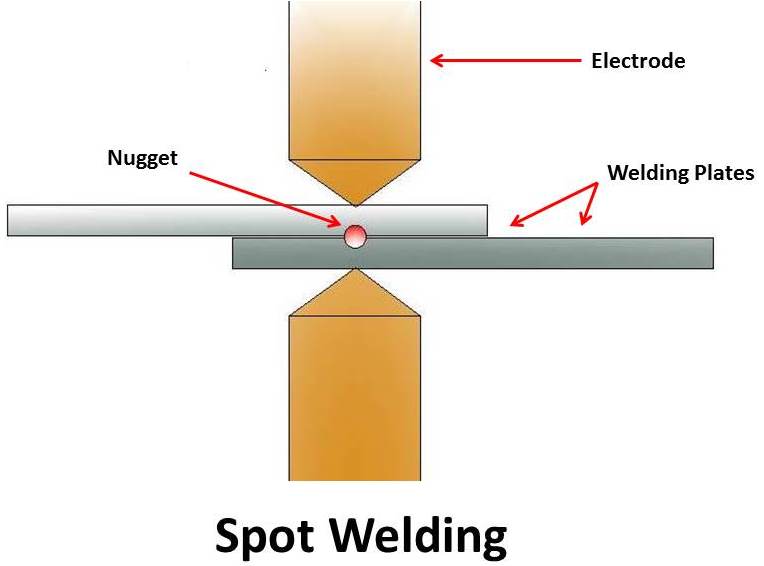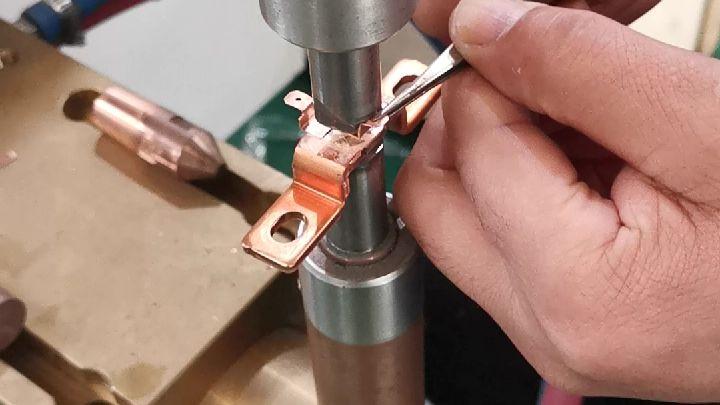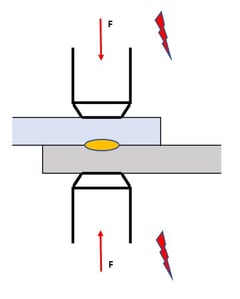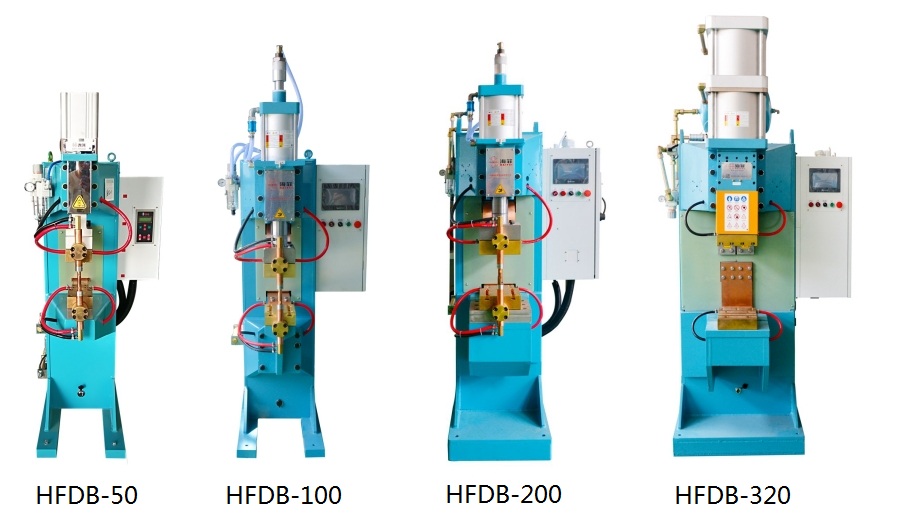Resistance spot welding - how it works? [RW03]
Dec 13,2023
Resistance spot welding - how it works? [RW03]
The process of resistance spot welding involves several key steps that contribute to the successful fusion of metal sheets. It begins with the preparation of the metal surfaces to be welded, ensuring that they are clean and free from contaminants that could affect the quality of the weld. Once the surfaces are prepared, the metal sheets are positioned between the welding electrodes, which apply pressure to hold them in place during the welding process.

The next step involves the application of a high electrical current through the welding electrodes, creating resistance heating at the contact points of the metal sheets. As the metal reaches its melting point, the electrodes exert pressure, causing the molten metal to fuse, forming a solid weld nugget. The duration of the current flow and pressure application is carefully controlled to achieve the desired weld quality, ensuring that the resulting joint exhibits the required strength and integrity.
The success of resistance spot welding hinges on precise control of the welding parameters, including current magnitude, welding time, and electrode force. These parameters are tailored to the specific material properties and thickness of the metal sheets being welded, as well as the design of the joint. By optimizing these parameters, manufacturers can achieve consistent and reliable welds, meeting the stringent quality standards demanded by various industries.

Below are specific operation steps for resistance spot welding process.
1.Align workpiece
To ensure the best possible welding result, the two workpieces to be joined must be prepared accordingly. Therefore, the sheets are cleaned beforehand and precisely aligned to each other. Hereby, a high degree of accuracy is crucial because it is almost impossible to correct errors after welding.
2.Attach the electrodes
The two workpieces are then placed between two electrodes and pressed together. Since the electrodes conduct electricity, they must be able to withstand high electrical and thermal loads. Therefore, they are typically made of copper or copper based alloys.

3.Heat the workpieces
Electric current is passed from one electrode to the other and through both workpieces. The electrical resistance of the workpieces converts the electrical energy into heat. Liquefaction occurs in the contact zone and the two workpieces are permanently joined together.

4.Remove the electrodes
After the materials have cooled down and both parts are firmly joined together, the electrodes are removed and pressed together again at the next point. This procedure is repeated until the required number of repetitions is reached.

Related News

 Language
Language
